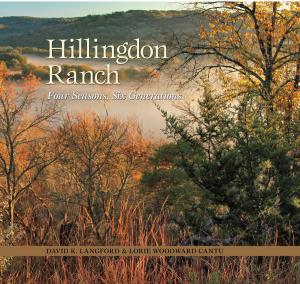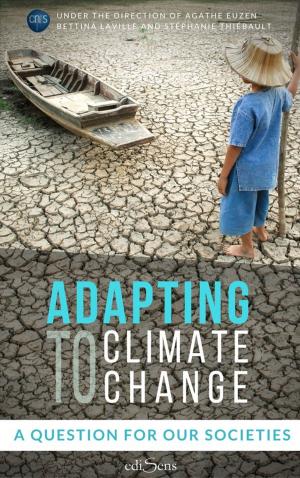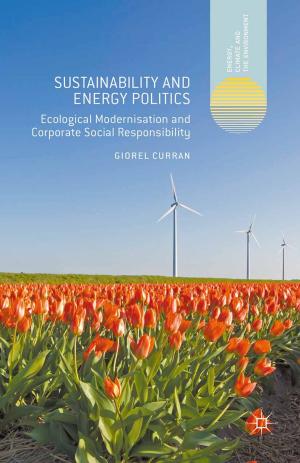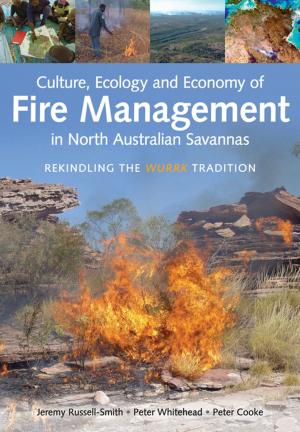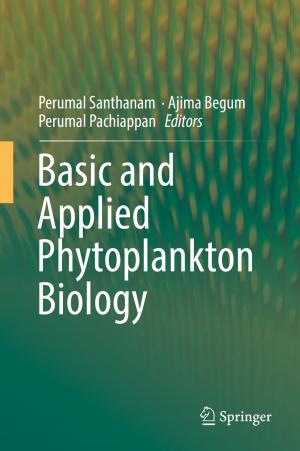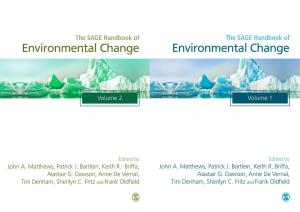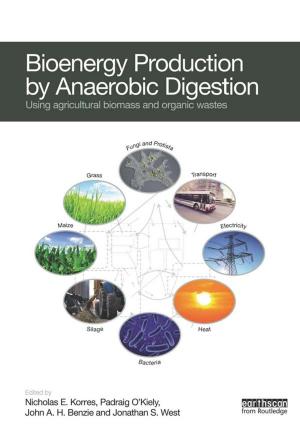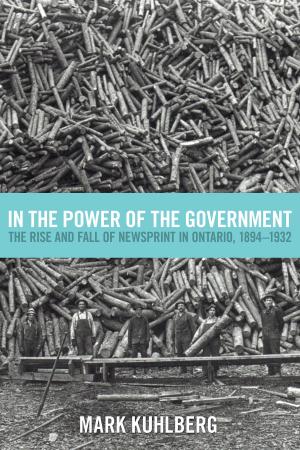Bushfire and Climate Change: A Causal Link
Nonfiction, Science & Nature, Science, Biological Sciences, Environmental Science| Author: | Bill Ellul | ISBN: | 9781370451999 |
| Publisher: | Bill Ellul | Publication: | February 7, 2018 |
| Imprint: | Smashwords Edition | Language: | English |
| Author: | Bill Ellul |
| ISBN: | 9781370451999 |
| Publisher: | Bill Ellul |
| Publication: | February 7, 2018 |
| Imprint: | Smashwords Edition |
| Language: | English |
A mechanism for bushfire mitigation based on a multi-disciplined and holistic approach, has suggested that the reduced water storage affect of ground moisture content provides a plausible explanation for the increased bushfire activity world wide, resulting from increased droughts driven by climate change.
Under normal weather conditions, prior to the advent of severe climate change, the ground water stored over the wet period, has in the past, generally been sufficient to provide protection over the hot dry season. This was the case even in days of extremely high temperatures. The ground water content in non-drought conditions can release humidity caused by the drying effect of the fire, thus creating a self limiting effect on bushfire, preventing wildfire conditions.
Any rain in the hot summer season helps to replenish this ground water storage and provide some temporary protection. This beneficial mediating effect, I suggest is more important than the opposite effect of creating more fuel growth on the ground. This explains why fire authorities often get it wrong when they predict a high fire risk after strong summer rain and blame the increased high bush fuel. They often neglect the beneficial, albeit temporary ground water storage fire mitigating property, provided by any recent unusual rainfall during what might be a retracted drought condition.
In the past the dangerous low ground moisture content conditions and high bush fire activity occurred at the same location generally on a 20 or 30 year cycle. However as a result of climate change the frequency of droughts and their length has increased world wide. This has increased the hazards of low ground moisture and as a result, bushfires have become more frequent and severe.
In conclusion this qualitative hypothesis, or thought experiment, suggests that ground moisture content measured at various soil and ground depths as well as possibly air humidity at the ground surface, should be the focus for more detailed bushfire studies and research and should ultimately play a mayor roll in fire prediction modeling as well as bushfire forecasting and warnings.
A mechanism for bushfire mitigation based on a multi-disciplined and holistic approach, has suggested that the reduced water storage affect of ground moisture content provides a plausible explanation for the increased bushfire activity world wide, resulting from increased droughts driven by climate change.
Under normal weather conditions, prior to the advent of severe climate change, the ground water stored over the wet period, has in the past, generally been sufficient to provide protection over the hot dry season. This was the case even in days of extremely high temperatures. The ground water content in non-drought conditions can release humidity caused by the drying effect of the fire, thus creating a self limiting effect on bushfire, preventing wildfire conditions.
Any rain in the hot summer season helps to replenish this ground water storage and provide some temporary protection. This beneficial mediating effect, I suggest is more important than the opposite effect of creating more fuel growth on the ground. This explains why fire authorities often get it wrong when they predict a high fire risk after strong summer rain and blame the increased high bush fuel. They often neglect the beneficial, albeit temporary ground water storage fire mitigating property, provided by any recent unusual rainfall during what might be a retracted drought condition.
In the past the dangerous low ground moisture content conditions and high bush fire activity occurred at the same location generally on a 20 or 30 year cycle. However as a result of climate change the frequency of droughts and their length has increased world wide. This has increased the hazards of low ground moisture and as a result, bushfires have become more frequent and severe.
In conclusion this qualitative hypothesis, or thought experiment, suggests that ground moisture content measured at various soil and ground depths as well as possibly air humidity at the ground surface, should be the focus for more detailed bushfire studies and research and should ultimately play a mayor roll in fire prediction modeling as well as bushfire forecasting and warnings.


